The SuperStreet aims to make the F77 more friendly than ever. Have they succeeded in this and does the Mach 2 have enough reason to be worried?
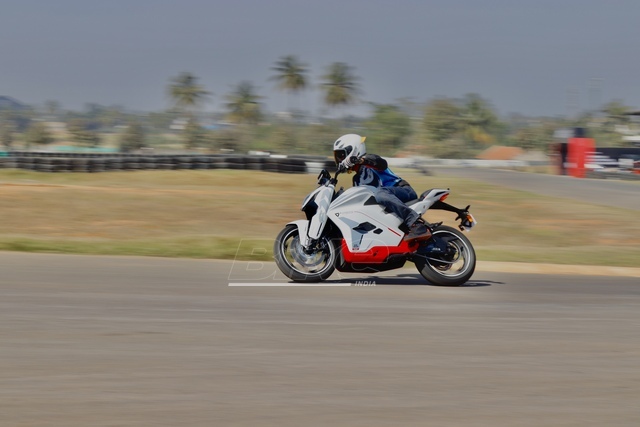
Story: Joshua Varghese
Photography: Kalidas M
Hot on the heels of setting a couple of speed records with their game-changing F99 electric motorcycle prototype, Ultraviolette introduced us to another side of their F77 street machine. This one is called the F77 SuperStreet and it will be sold alongside the F77 Mach 2. As a motorcycle manufacturer, Ultraviolette are clear about their priorities. They want to manufacture electric motorcycles that have stunning designs and exciting performance. We appreciate this purity in purpose. All credit to them because they have achieved it. However, someone who wants an electric motorcycle to ride around town may not necessarily appreciate the compromises made on the comfort and convenience front while chasing speed.
That is where the SuperStreet lets itself in. It aims to provide a comfortable perch to make the most of the F77’s electrifying performance for longer and, thus, make the motorcycle more accessible to a larger spectrum of riders, particularly those who are discouraged by the commitment that a sporty riding position demands. Other than the new colours and graphics, the handlebar is the only way to tell the SuperStreet and Mach 2 apart. The former uses a different upper triple clamp and has a single-piece handlebar with risers while the latter uses a pair of clip-ons. Since no changes have been made to the bodywork or stance (still the same aggression offered by 17-inch wheels), the visual difference between these two variants is most evident from the rider’s seat. Which is also the same, by the way. They elected to make no changes in the seat or foot-peg positions to keep some of the sporty feeling intact. Even so, the new handlebar is enough to make a noticeable difference to the seating position.
After riding the Mach 2 and SuperStreet back-to-back, my tall frame was immediately more at home astride the SuperStreet because the reach to the handlebar felt more natural and relaxed. The riding position was more upright and not as demanding on the wrists or the lower back. Over a greater period of time in the saddle, it is a more reasonable and practical posture to have. The only suggestion we would offer to improve the overall experience is a softer and plusher padding for the seat, something that may appear in Ultraviolette’s accessories catalogue a few months down the line.
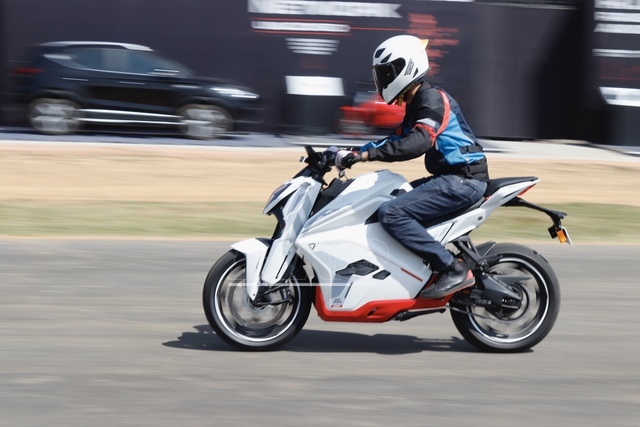
Electric power is instant and precise. Electricity itself travels faster than we can think. Even as one is cracking open the throttle, electricity has already zapped its way from the 10.3-kWh battery (we rode the Recon variant) to the 30-kW (41-hp) motor. Yet even when I whacked open the throttle, the F77 did not loop itself away from me because that is how well-calibrated the throttle and power delivery are. In Glide mode, one can feel that the torque is limited. It comes in gently while Combat takes it a step further. Combat is all one needs for riding about in town. The power
delivery is crisp and the acceleration is linear, which simultaneously gives the rider the ability to pull off quick overtakes and hold a steady speed with ease. Ballistic is for thrill-seekers because it feels thrice as potent as Combat. More torque, more acceleration, and more excitement. Off the line, the speed builds up so rapidly that
one is immediately thankful for the computers that regulate the torque sent to the rear wheel. It allows the rider to rocket off the line without losing control of the motorcycle. There are three levels of traction control on offer. We would recommend the third level for rain and the first for fun.
On the track in Ballistic mode, the motorcycle’s instant acceleration allows one the option of braking hard into a corner, getting the machine turned and then just taking off again. Should one opt for smooth, flowing lines to handle the bends, that is possible too. Braking equipment is top-notch and allowed us to carry just enough speed into corners and even if we did slow down more than necessary, the instant torque was always handy to bail us out.
What stood out for me during this experience was the adjustable regeneration. Level Eight simulated enough “engine braking” to render the experience close to a four-stroke ICE and immediately the F77 felt more familiar to ride.
For something that weighs 207 kilograms, the SuperStreet Recon is nimble. It tips into corners with confidence and, in a way, is easier to control due to the additional leverage and comfortable posture offered by the new handlebar. To put it simply, the handling dynamics are on a par with the Mach 2. We feel that both motorcycles are equally capable and the difference boils down to the fact that whatever can be achieved with the Mach 2 is easier to attain with the SuperStreet because it comes from a place of comfort and confidence. At the limit, one may find that reading the front end is slightly tougher and composure under maximum braking may not be as good as the Mach 2’s. The good news is that such things are only felt when riding at the limit on a racetrack and are far from bothersome on the street. As the motorcycle’s name suggests, that is where it is going to spend most of its life. The
braking force is powerful and the lever is rich in feedback. There is dual-channel ABS on offer and it can be switched to single-channel.
On the road, the suspension has enough compliance, so the motorcycle does not feel nervous. The ride quality, while not cosseting, hardly calls for complaint. Furthermore, the MRF tyres provide a trustworthy interface with the surface. One of my pain points with the first generation of the F77 was that it was too noisy and unrefined. The motorcycle itself made no noise which only amplified other sounds including panels rubbing against each other, suspension moving through its strokes, and the friction created by the brakes. None of that was experienced this time. All I could hear was the urgent whine of the electric motor and the ever so slight noise of the chain final drive. That is a remarkable turnaround in refinement. An Ultraviolette representative told us that this was a crucial region of work. The attention to detail includes modifying the primary sprocket to reduce noise from the transmission.
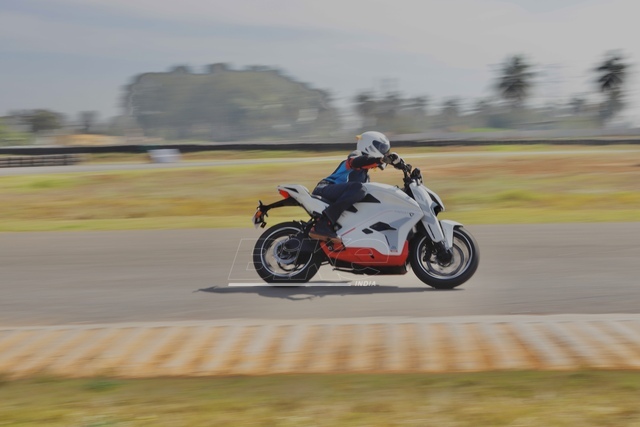
The F77 SuperStreet starts from Rs 2.99 lakh for the standard model and goes up to Rs 3.99 lakh for the long-range Recon model (all prices ex-showroom). That is the same pricing as the Mach 2’s. Fair, considering not much has changed. The SuperStreet does what it set out to do very well. It is such a good street bike that we believe this is what the F77 should have always been. Now that it is here, we are interested to see how many will opt for the Mach 2 over this one. For anyone who wants a good electric motorcycle for town, to ride in comfort, the SuperStreet is just what they need. It is fast, fun, predictable, and far from one-dimensional.
Also Read: Ultraviolette F77 Mach 2 Review

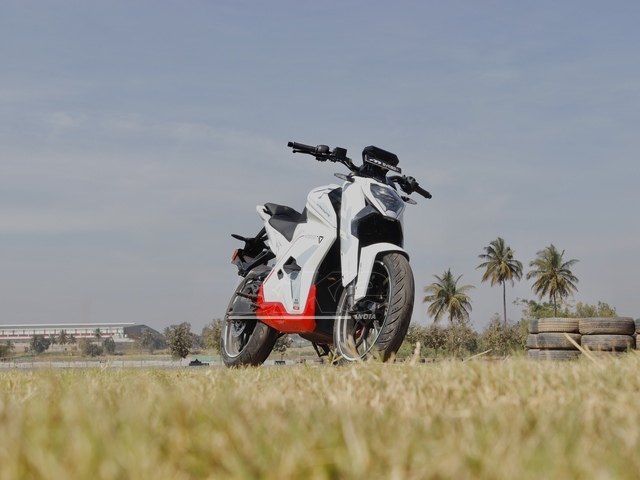
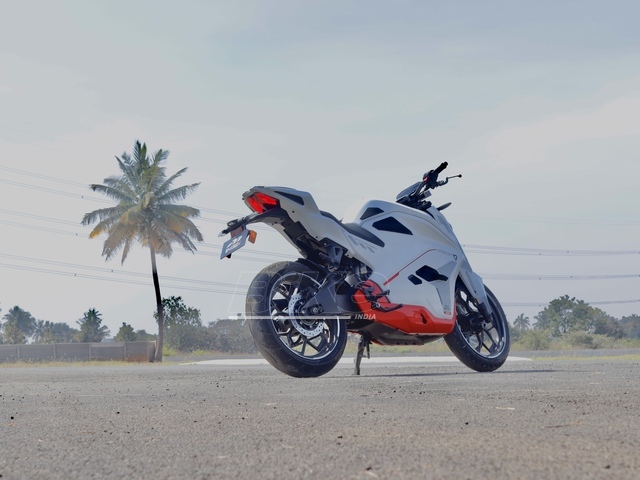
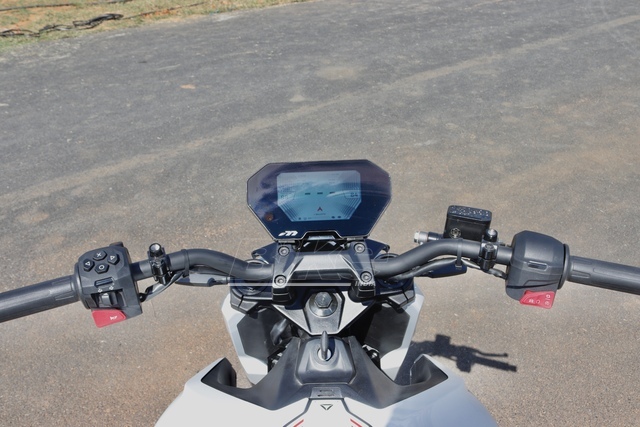
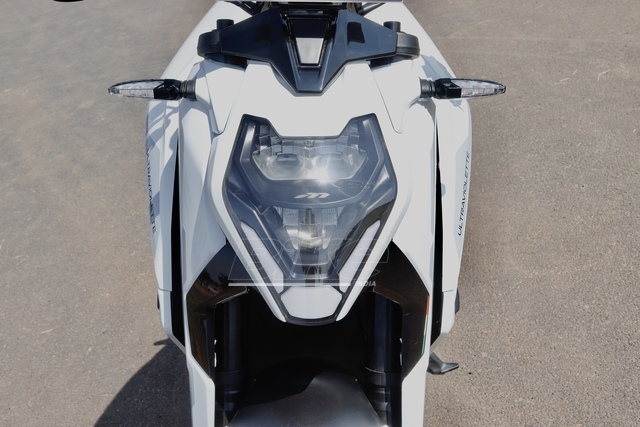
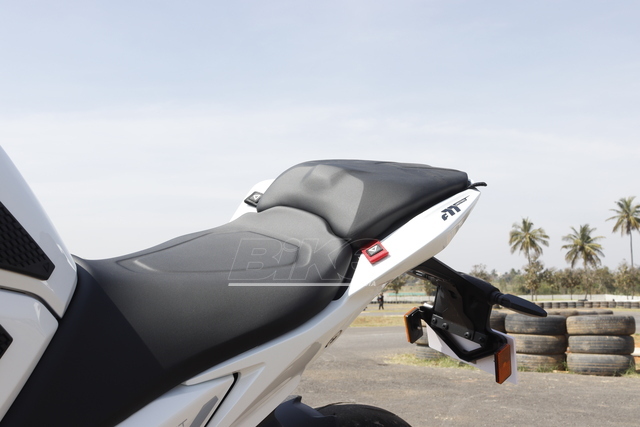

Leave a Reply